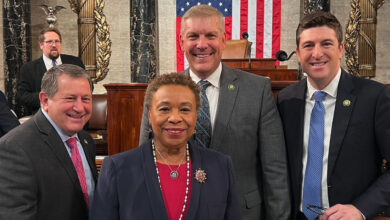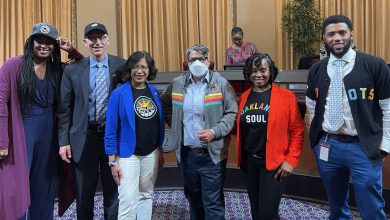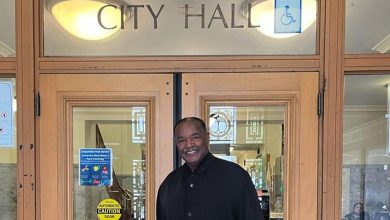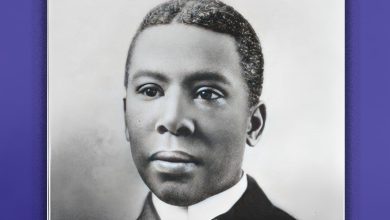Phyllis Emelda: Oakland’s Global Designer Extraordinaire
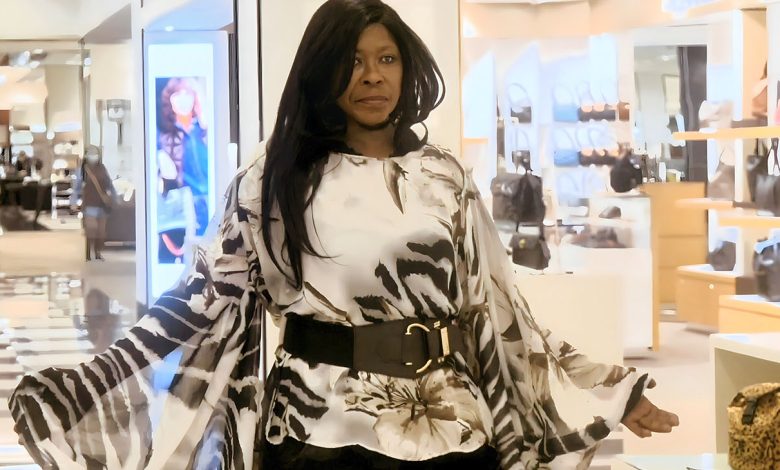
By Daisha Williams
Post Staff
Kehinde Wiley’s new exhibit “An Archeology of Silence” made its U.S. premiere at the M.H. de Young Memorial Museum in San Francisco. The exhibit, which opened in March, runs through Oct. 18, and is free to all Bay Area residents on weekends.
According to his website, Kehinde Wiley is an American artist born in Los Angeles in 1977 and is best known for his portraits that render people of color in the traditional settings of Old Master paintings.
The recipient of the U.S. Department of State’s Medal of Arts, Harvard University’s W.E.B. Du Bois Medal, and France’s distinction of Knight of the Order of Arts and Letters, Wiley earned his Bachelor of Fine Arts degree from the San Francisco Art Institute, his website reveals.
In 2018, Wiley became the first African American artist to paint a presidential portrait when he was selected by former president Barack Obama.
Wiley created “An Archeology of Silence” during the height of the COVID-19 pandemic in response to the death of George Floyd by police in Minneapolis, Minnesota, on May 25, 2020.
Wiley’s 25 works include sculptures and paintings large and small.

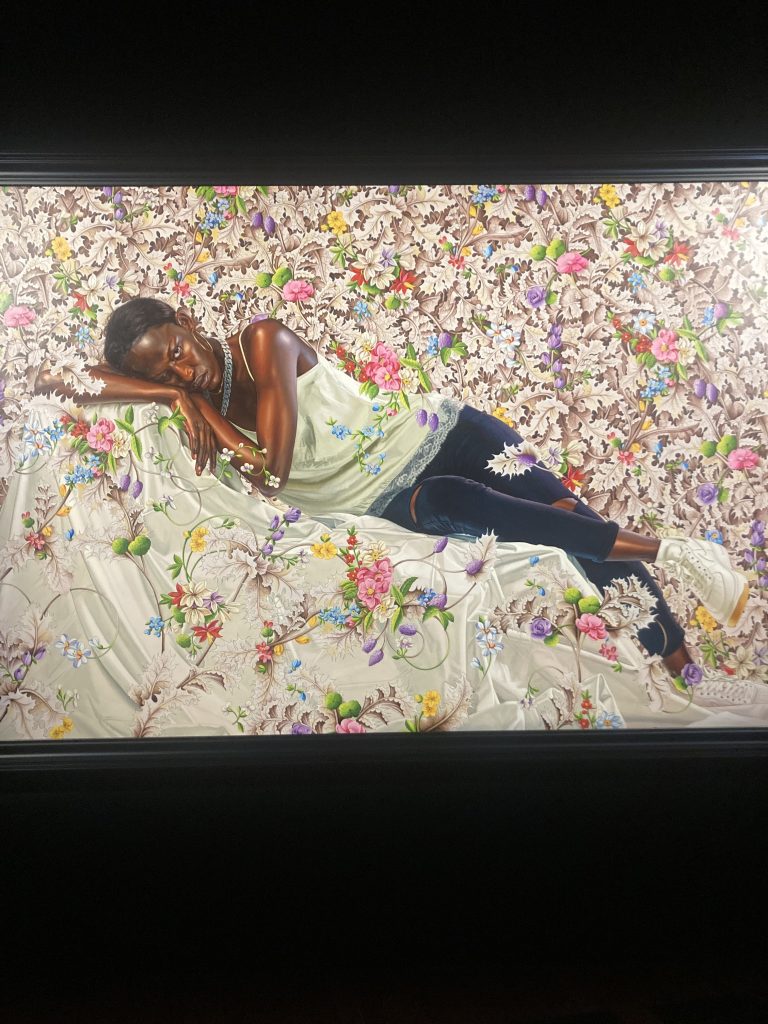
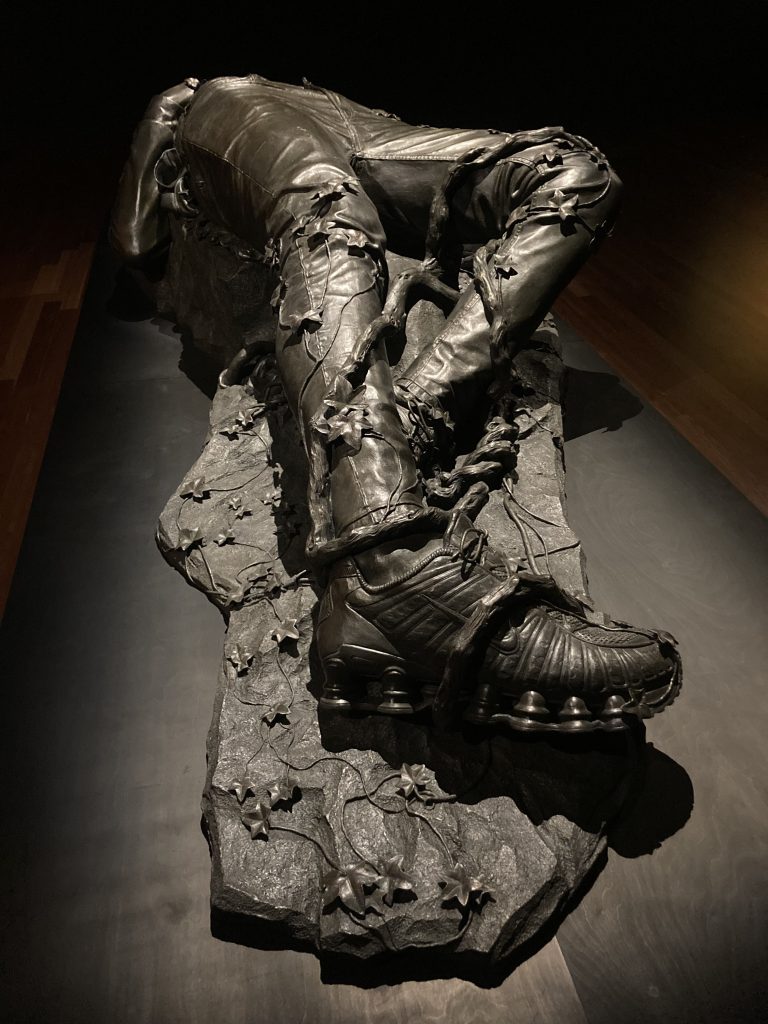 Walking through the exhibit feels surreal. Wiley has effectively captured the beauty of Blackness in the face of tragedy: the works evoke feelings of sadness, helplessness and admiration. The rooms are silent, except for occasional whispering, though there is a guided audio tour available while browsing the exhibit.
Walking through the exhibit feels surreal. Wiley has effectively captured the beauty of Blackness in the face of tragedy: the works evoke feelings of sadness, helplessness and admiration. The rooms are silent, except for occasional whispering, though there is a guided audio tour available while browsing the exhibit.
The paintings are vibrant and brightly colored, consistent with Wiley’s established art style. The room otherwise is dark, causing the paintings to stand out, shining a light on the way that Black bodies are often only really seen in the wake of their deaths.
Especially now, in the age of technology, people are able to view traumatizing acts of hatred inflicted on Black people by simply turning on the television. Wiley states, “That is the archaeology I am unearthing: the specter of police violence and state control over the bodies of young Black and Brown people all over the world.”
For the premiere of this exhibit to be in the Bay Area feels fitting, in part because of the vibrant Black community that lives here, and also due to the fact that the Bay has seen its fair share of violence inflicted upon Black bodies.
Thomas P. Campbell, director and CEO of the Fine Arts Museums of San Francisco, states:
“Utilizing the historical visual language of the dying hero, Wiley’s portraits of Black youths render visible previously obscured victims and survivors of systemic violence. In the Bay Area — a place that has resisted violence against Black people, as evidenced in the Black Power movement and the current Black Lives Matter movement — Wiley’s work has deep resonances. They ask each of us, how are we implicated? And how do we take action?”
In collaboration with Live Free USA, Wiley will continue his series of conversations associated with the exhibit at 1 p.m. on Sept. 16, this time discussing reparations. The event is free with seating in Koret Auditorium on a first-come, first-served basis. It does not include access to the exhibit.
From San Francisco, the collection will travel to the Museum of Fine Arts, Houston from Nov. 19, 2023, to June 19, 2024; Pérez Art Museum in Miami from July 26, 2024 – Jan. 12, 2025, and the Minneapolis Institute of Art from Feb. 22–June 22, 2025.

